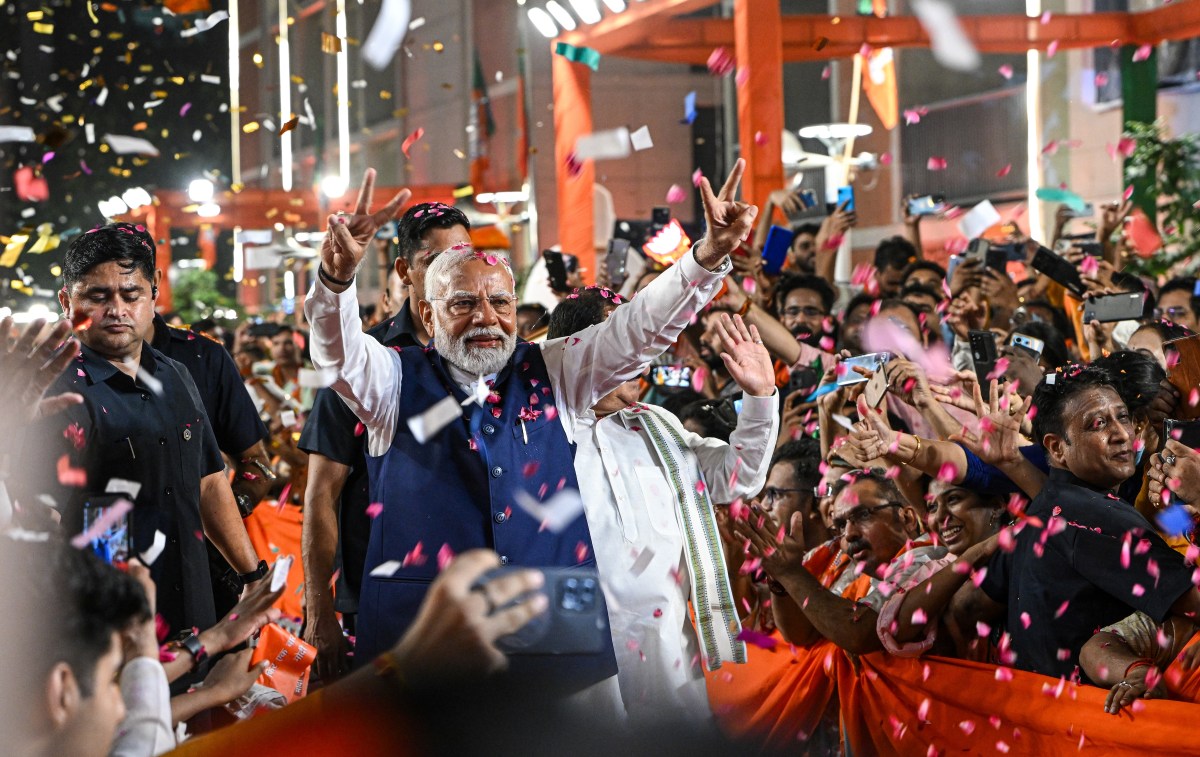The National Democratic Alliance (NDA) has emerged victorious in India’s 2024 general election, but with a smaller majority compared to 2019. According to post-election analysis by Goldman Sachs, JP Morgan, CLSA, UBS, Bernstein and Citi, this slimmer mandate may push the government – known for transforming India into a global manufacturing powerhouse and making investments […]
© 2024 TechCrunch. All rights reserved. For personal use only.
The National Democratic Alliance (NDA) has emerged victorious in India’s 2024 general election, but with a smaller majority compared to 2019. According to post-election analysis by Goldman Sachs, JP Morgan, CLSA, UBS, Bernstein and Citi, this slimmer mandate may push the government – known for transforming India into a global manufacturing powerhouse and making investments in sectors to reduce the country’s reliance on Western nations – to embrace a more populist stance in its third term, prioritizing the demands of lower-income segments and rural development.
The NDA’s likely victory signals policy continuity for businesses and startups, with ongoing investment in infrastructure, digitization and manufacturing. The narrower margin, however, may prompt a reallocation of resources towards rural and welfare initiatives, potentially impacting some capital expenditure plans, the brokerage firms warned. (About $45 billion in value was wiped from the manufacturing giant Adani Group on Tuesday.)
The assertive stance of the ruling party on digital sovereignty and its recent clashes with Big Tech are also likely to continue. In the last five years, the Narendra Modi government has enforced or proposed many laws – including a push to regulate internet apps, getting streaming services to review content for obscenity, and getting sued by WhatsApp for requiring the Meta app to break encryption – that have spooked large tech companies.
New Delhi has argued that it’s seeking to protect the interest of its citizens through its proposals.
The likely agenda of the next NDA government. Image and projection: Citi
India, an ally of the U.S., is also increasingly attempting to build a tech stack to rival many popular, and usually, American offerings. For example, Rupay is India’s attempt to rival card networks Visa and Mastercard, whereas UPI, an interoperable and real-time payments system built by Indian banks, has already become omnipresent in India, processing more transactions than all card networks combined.
India has also quickly positioned itself as a global manufacturing hub in recent years, attracting companies including Apple, Samsung, and Google with lucrative incentives to shift more of their assembling needs to India. Goldman Sachs and Citi said that it is likely that India will continue to focus on manufacturing, but its fiscal allocation may be lower moving forward than expected.

Leave a Reply